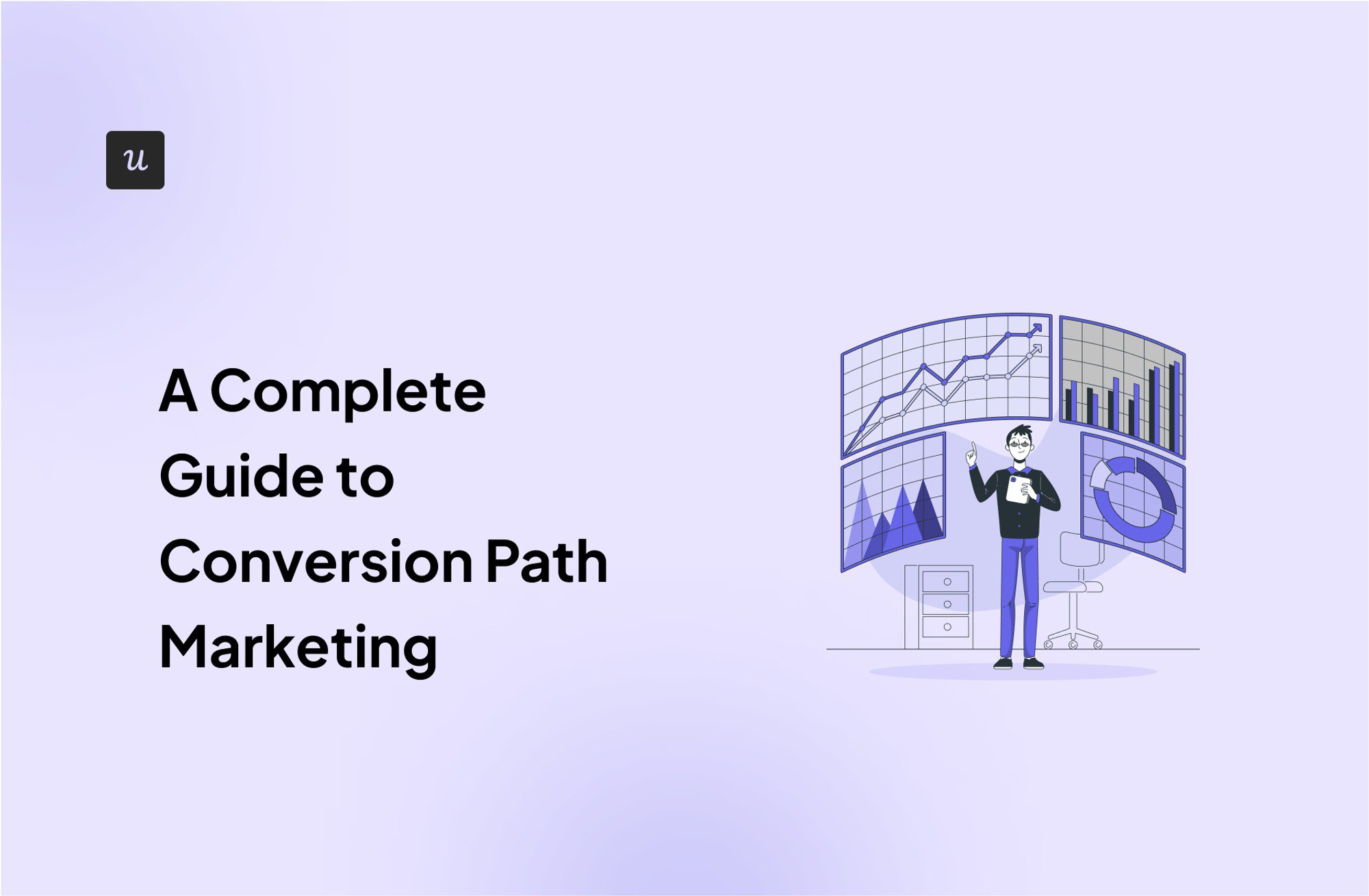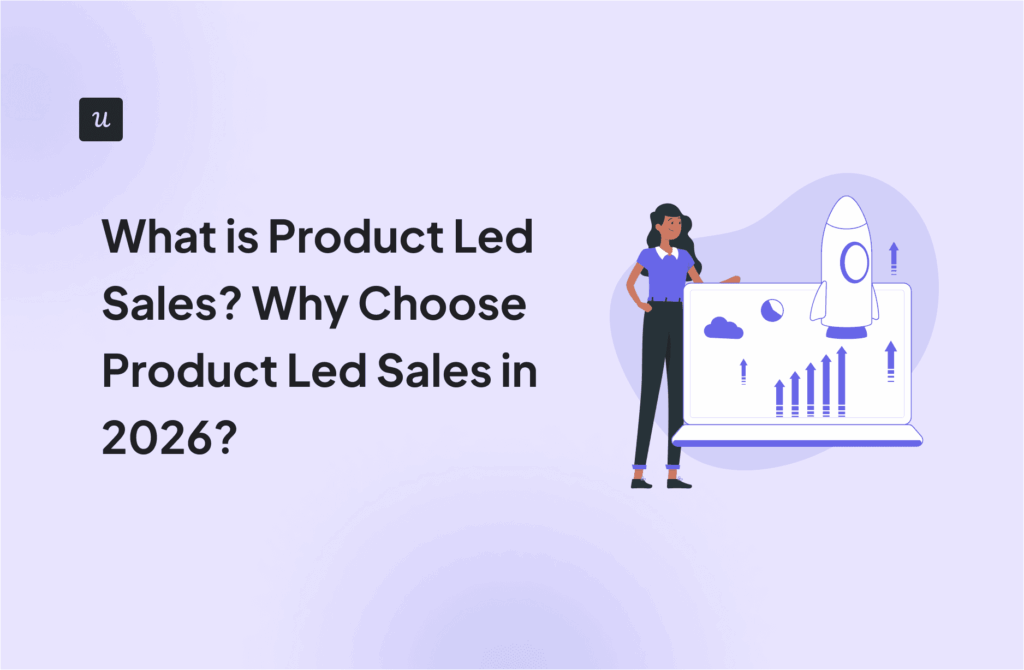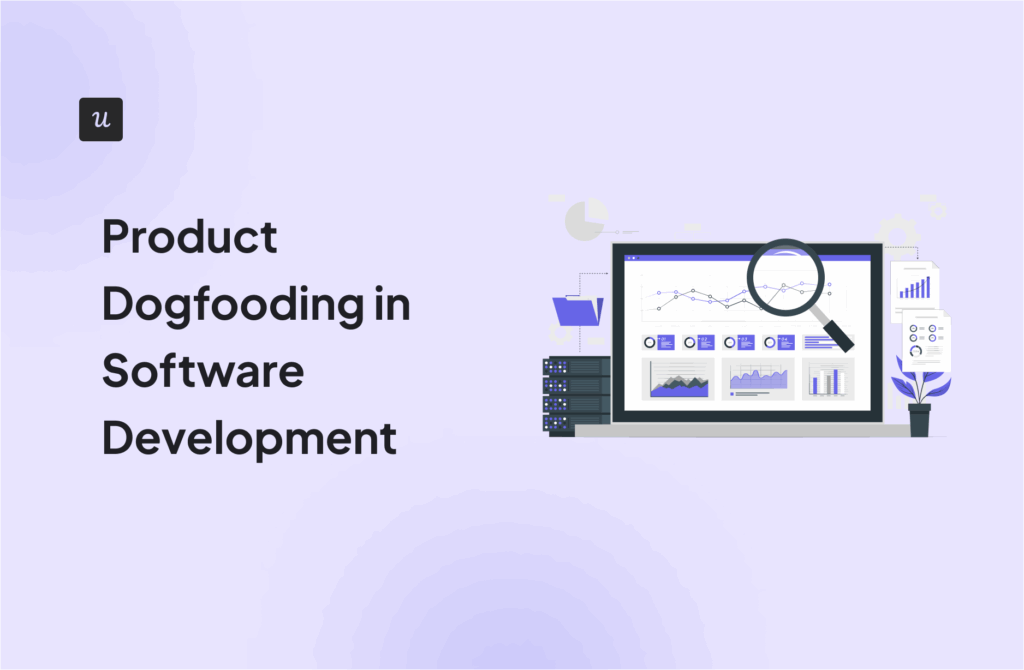
If you’re struggling to convert your website visitors into customers, your marketing conversion path may need optimization.
Hence this guide.
Read to find out what a conversion path in marketing is, why it matters, and its elements and stages. More importantly, learn how to build and optimize it for better business results.
Let’s dive in.
Try Userpilot Now
See Why 1,000+ Teams Choose Userpilot

What is a conversion path?
A conversion path is a sequence of steps a potential customer follows, from discovering your product to completing a desired action, like making a purchase, signing up for a free trial, or booking the demo.
It’s a step-by-step process designed to guide website visitors through a funnel that converts them first into leads and then into paying customers.
Why are conversion paths important?
With so many options around, choosing a digital product is like finding your way through a maze.
A good conversion path helps prospective customers navigate this overwhelming landscape by making the process more intuitive and relevant.
In practical terms, conversion paths:
- Improve customer experience.
- Help teams qualify leads.
- Improve conversion rates.
- Foster strong customer relationships.
The elements of a successful conversion path
Successful conversion paths share a few common elements:
- Landing pages: specialized website pages where customers land after clicking an ad or link.
- Call-To-Action (CTA): an instruction telling users what you want them to do, like booking a demo; normally in the form of a button that stands out from the rest of the page.
- Thank you page: that’s what users see when they complete the desired action.
- Endpoint: the ultimate goal of the conversion path; for example, if the customer signs up for a free trial, the endpoint is getting the login details or logging in for the first time.
Conversion path stages
Not all conversion paths are the same but they normally consist of 3 main stages:
- Attract: users learn about your product, for example, from your blog or social media posts, and decide to visit your landing page.
- Convert: site visitors interact with the landing page content and follow the CTA to become Leads.
- Close: users complete the desired action, like a product purchase.
Some organizations, especially product-led ones, add another stage: Delight. That’s when you help users maximize product value. By regularly exceeding customer expectations, you turn them into Promoters.

Conversion path stages.
How to create effective conversion paths: step-by-step process
Here’s how you create a robust conversion path for your SaaS product. In 6 steps.
1. Define your goals
Start by deciding what you want to achieve. Is it to increase sales? Boost free trial or demo sign-ups?
Try a goal-setting framework like SMART. To make your goals clear, specific, measurable, and achievable within the allocated timeframe.
For example: “Increase demo bookings by 2.25% by the end of Q2.”
It’s a good idea to choose the metrics to track at each stage of the conversion path, e.g. CTR, bounce rate, or session duration.

2. Define your target audience
Your target audience determines how you organize the conversion process, so do your homework and create detailed user personas.
In persona profiles, consider their:
- Role in the company.
- Company details.
- Jobs-to-be-done.
- Pain points.
- Stakeholders.
- Gains/Benefits.

3. Attract the right audience
With the target audience defined, create content to attract it.
Focus on product-led content that presents your product as a solution to specific user problems and teaches them how to use it. Like blog posts, case studies, or webinars.
Here’s an example of our blog post about funnel reports in SaaS. It answers TOFU questions to educate users about funnel reports and explains how to create them in Userpilot.

When building your content, optimize it for search engines. So that users can find it.
In addition to SEO, other popular lead acquisition methods include:
- Paid advertising (like Google AdWords).
- Email marketing.
- Social media marketing.
The choice of the channel and the content should be tailored to specific user personas and their unique expectations, needs, and pain points.
4. Build a high-converting landing page for your website visitors
To create a high-converting landing page, focus on user experience.
Ensure it loads fast. 1 second delay in site speed can lead to a 7% reduction in conversions.
Make your website visually appealing and create a captivating headline. You have 8 seconds at most to capture visitor attention before they leave.
Consider including testimonials on your site as this can increase your conversions. For Wikijobs it was by 34%.
Videos can have an even more impact on conversions. According to Hubspot, they may increase by up to 86%.
And don’t forget about the CTA to drive the desired action.

5. Create an effective thank you page
The thank you page isn’t only to express your appreciation.
First, use it to confirm that the action has happened. It can be pretty frustrating not to know if you were successful or might need to do it again.
Completing an action, especially a purchase, often comes with a mixture of feelings: excitement and doubt. Use the thank you page to ward off buyer’s remorse and reassure them that they’ve done the right thing. You can do it by embedding a testimonial or a list of known clients.

Next, use the space on the page to explain to users what happens next. This may involve including a secondary CTA, like ‘Start Your Trial Now’ to send users on their journey.
The thank you page may also be a good place to drive upsells or cross-sells. So recommend complementary products or offer discounted access to a premium plan.
6. Follow up and nurture in the endpoint
In addition to the thank you page, it’s good practice to follow up with an email confirmation reiterating the main points.
Don’t stop there.
Keep your users engaged by providing them with further guidance and information.
For example, if your customer purchases an item, send them regular updates on the order status. If they’ve signed up for a free trial, ensure they experience value through adequate onboarding.
Also, consider asking them for feedback. Their insights will help you refine your conversion path.
What’s the goal? Strengthening the relationship with the customer.
Conversion path optimization strategies
What strategies can you use to optimize your conversion path? Here are 6 that might help.
Create different landing pages for different personas
If your product has multiple user personas, you might have multiple conversion paths, each with its dedicated landing page.
For example, Userpilot has 8 different landing pages, focusing either on one aspect of the product or a use case. That’s how we ensure that copy, visuals, and examples are relevant to users with different needs.

Keep the sign-up process short and easy
The longer and more complex the sign-up process, the lower the conversion rate.
A 2022 study by Omnisend discovered that sign-up forms with 1 field had the highest conversion rates, so just ask for the email address.
Adding Single Sign-On (SSO) to the form can boost conversions by up to 60%.
When your user submits their email address, don’t demand that they confirm it right away. It increases friction.
Instead, let them get inside the product and start exploring it.

Offer a free trial as part of an effective conversion path
Free trials are a common product-led growth tactic.
Here’s how it works:
Instead of asking users to pay upfront, you let them experience the product free for a limited time. Once they realize the product’s value first-hand, they are more likely to make a purchase.
The average B2B SaaS conversion rate is around 18-29%, while some B2C companies, like Netflix, get as high as 93%. The conversion rates are higher when you ask the user for payment details beforehand.

Optimize conversion path for mobile users
Semrush data shows that more and more internet traffic comes from mobile devices and mobile users tend to have a higher bounce rate and spend less time on the website.
The conclusion?
Optimizing the mobile conversion path experience is a must.
Here are a few tips:
- Prioritize the page loading time – it’s even more important here.
- Invest in responsive design or dynamic serving to accommodate different screen sizes.
- Reduce the number of steps in the conversion path.
- Streamline content to make it accessible and appealing on mobile screens.
Track conversion paths with Google Analytics
To make informed optimization decisions, use Google Analytics to track user conversions.
Why GA?
It’s by far the most popular web analytics tool, it’s free, and you can use it to track every step in the conversion path.
Two GA4 reports are of particular value:
- Funnel exploration tracks customer progress from one stage of the journey to another.
- Path exploration, which replaced the Behavior Flow report from General Analytics, offers more granular insights into user actions between conversion events.

Nurture your customers after they have converted
When your users sign up for the free trial, offer them a personalized onboarding experience to get them to the Aha! moment ASAP.

When they first log in, trigger a welcome screen with a CTA that starts a welcome survey. Use the survey to segment the user based on needs.
Next, trigger a tailored interactive walkthrough or checklist to guide them through the core functionality relevant to their use case.
When users adopt the main features, start introducing more complex ones using in-app messages, like modals or tooltips. These features are often key to maximizing value, retaining customers for the long haul, and turning them into loyal advocates.
To help it happen, offer users adequate support, prioritizing self-service resources they can use to troubleshoot independently.

Conclusion
An optimized conversation path increases the effectiveness of marketing efforts. It offers potential customers a positive experience, provides relevant information, and leads them to the conversion point.
In SaaS, the conversion point, which is the moment the customer signs up for the paid plan, is delayed. Before the users swipe their credit cards, they want to see how the product solves their problems.
A product adoption tool, like Userpilot, helps them reach this stage more quickly than if they were left to their own devices. If you’d like to find out more, book the demo!







